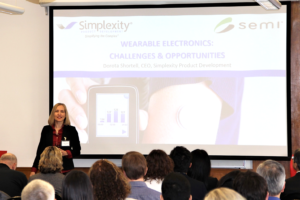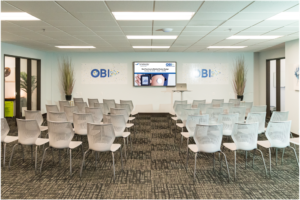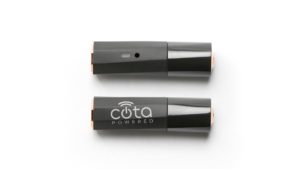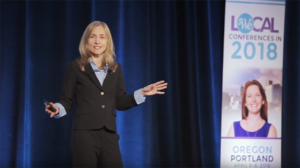Introduction Optical systems have always been important, and today they are more important than ever. Even before engineering, before lenses and curved mirrors, optics were important to animals with eyes. … Read More
FOUR CHALLENGES AND SOLUTIONS FOR MECHANICAL INTEGRATION OF OPTICAL SYSTEMS










